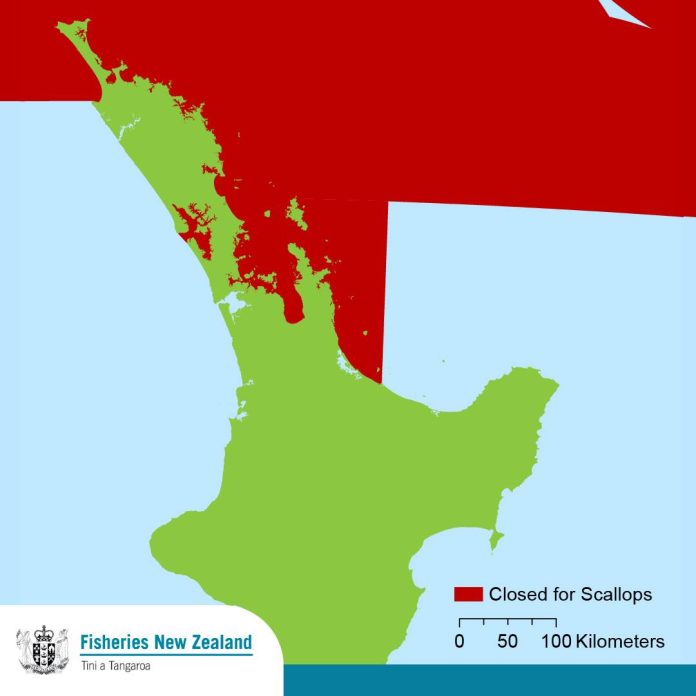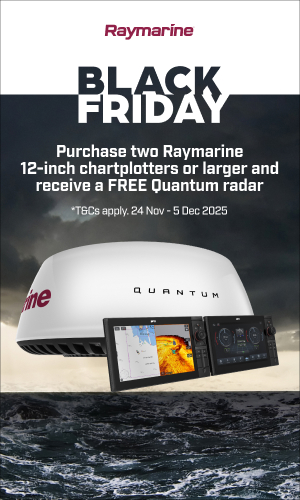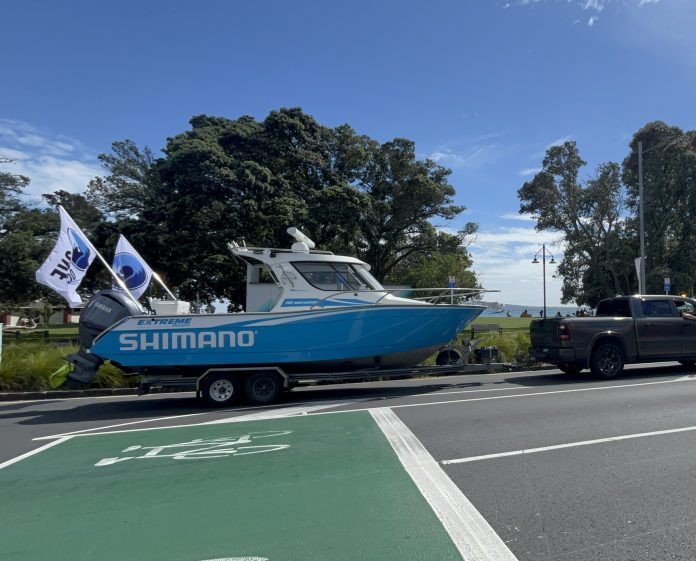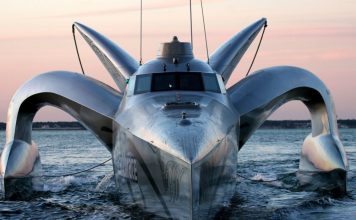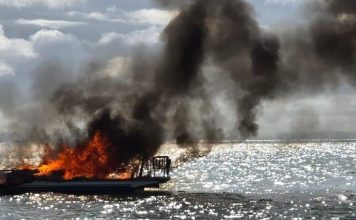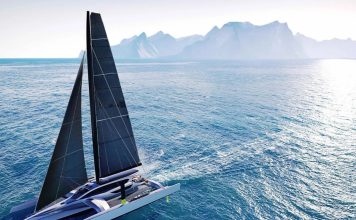Closures extended to protect scallop beds
The Ministry for Primary Industries (MPI) has confirmed that the East Coast scallop fishery will remain closed from September 1, extending an already lengthy shutdown. The closure covers Northland’s scallop fishery (SCA1), the Coromandel scallop fishery (SCA CS), and Kaipara Harbour. These areas are fully closed to recreational and commercial scallop harvesting under section 11 of the Fisheries Act 1996.
Customary gathering, under appropriate authorisation, is not affected. Breaches carry heavy penalties, with fines of up to $100,000 and possible forfeiture of boats or gear.
According to MPI, the closures are essential for sustainability. Surveys have shown scallop stocks in severe decline, with dredging pressure and environmental stress linked to the collapse of beds in both Northland and the Coromandel.
Public reaction: frustration and support
News of the continued closure quickly drew hundreds of comments on MPI’s Northland Fisheries Facebook page.
Some expressed frustration, questioning whether commercial dredging was still allowed. “Stop commercial dredging the mother beds then it be even better. If it’s closed to recreational it should be for commercial as well,” wrote one commenter.
Others raised fairness concerns. “Is it another one of those one rule for Māori and another for everyone else?” asked one, while another countered with a reminder: “We are all kaitiaki of this country and have a responsibility to protect taonga species abundance and diversity. Māori have used rāhui for sustainability purposes for 850 years.”
There was also a call for transparency. Several fishers asked how MPI is monitoring the scallop beds. “Can you please explain how you are tracking the beds across the East Scallop fishery to make an informed decision?” wrote one.
Others worried closures could expand further, with one poster calling for rock lobster to be next on the list.
The bigger picture: special restrictions and biosecurity
The scallop closures sit alongside a suite of other restrictions in the Auckland–Kermadec area. MPI has recently closed parts of the Hauraki Gulf to spiny rock lobster (CRA2), banned set netting in sensitive areas such as the Bay of Islands and Manukau Harbour, and introduced special controls at Great Barrier and Great Mercury Islands to prevent the spread of exotic caulerpa seaweed.
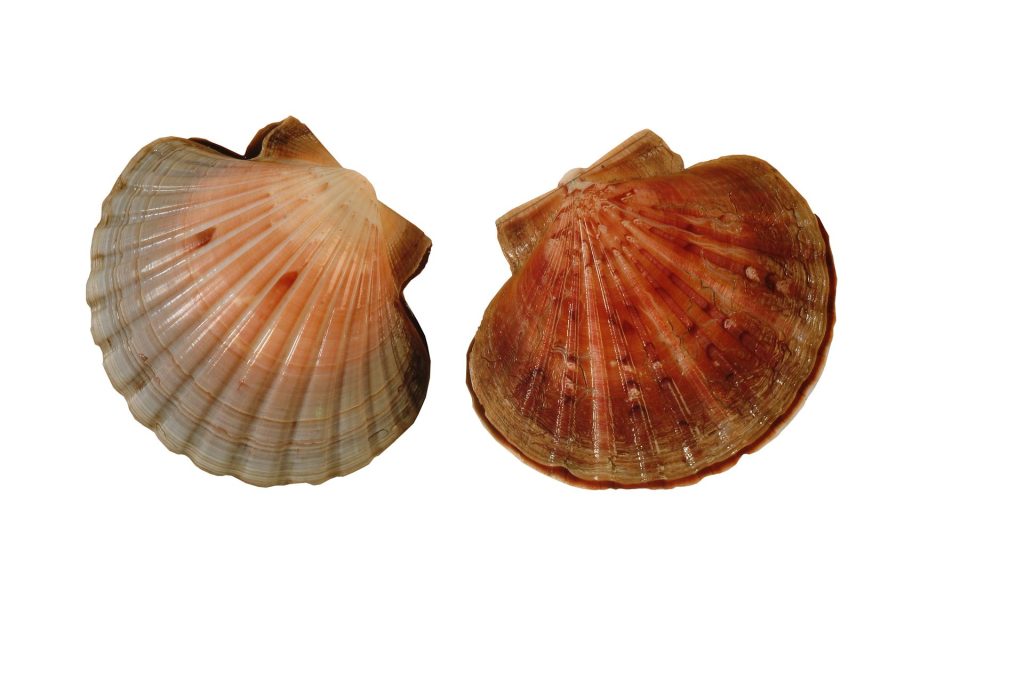
In these controlled zones, anchoring is restricted, and fishing methods that touch the seafloor, such as dredging, bottom trawling, and flounder netting, are prohibited.
MPI encourages all fishers to download the free NZ Fishing Rules app, check signage at launch ramps, and stay informed about closures and size limits.
Looking ahead
While many recreational fishers feel punished, others see the closures as the only way forward. As one commenter put it, “Think long-term, people. Think of future generations. Don’t think what you’ll be missing out on, that’s selfish and short-sighted.”
Whether the scallop beds will recover enough to reopen remains uncertain. Some fear they may go the way of the toheroa – once abundant, now lost. Others remain hopeful that strict closures, combined with tighter commercial controls, could allow the fishery to bounce back.
For now, patience and compliance are being asked of the fishing community. MPI is clear: scallops are off the menu for another season.








